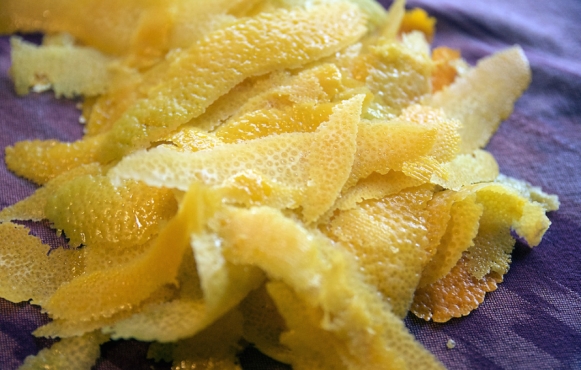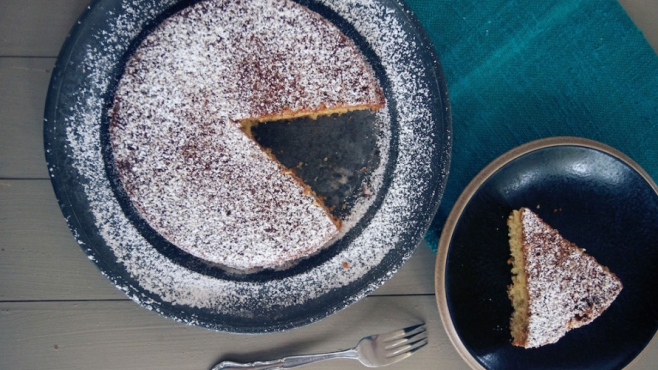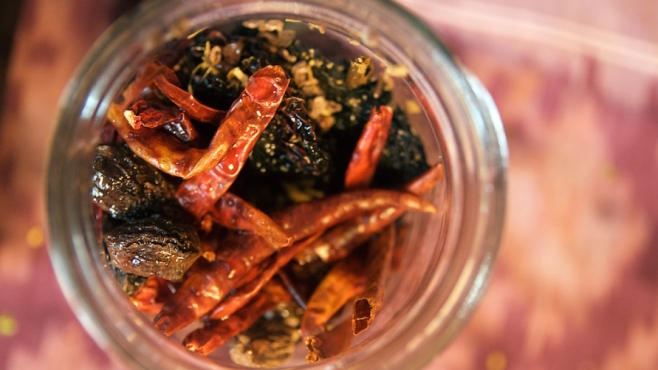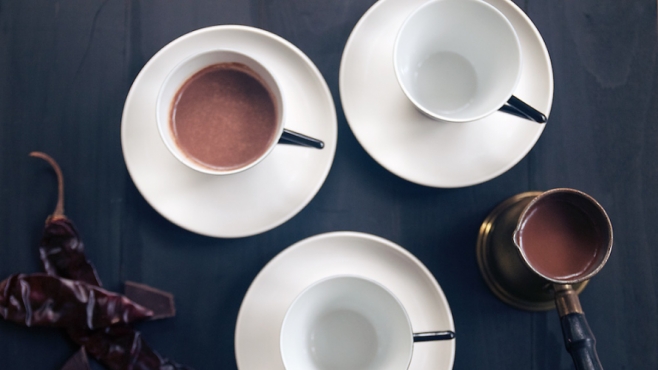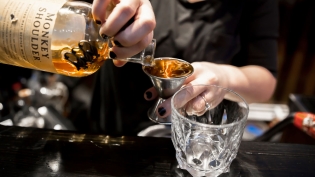Bitterman’s Field Guide to Bitters and Amari
Better bitters: Spice up cocktails and food with this little-known ingredient
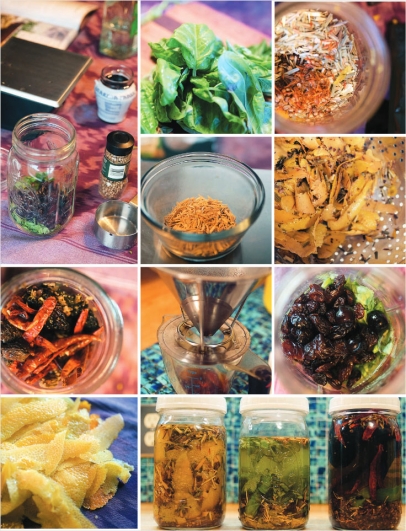
It’s time for the secret ingredient to be not so secret.
Bitters aren’t new. Not by a long stretch. They’ve been part of the mix of food and drink since the first fermentations were discovered around 7000 BC, according to Mark Bitterman, author of Bitterman’s Field Guide to Bitters and Amari.
It’s safe to call him an expert on bitters, which he defines as “concentrated flavor extracts for seasoning.” They often come in small dropper bottles with funky labels. The labels don’t often explain much about the flavors inside. For one thing, there’s not much room on the labels. But secondly, you don’t see flavor descriptions on spice jars either. It’s just cinnamon or cardamom.
Bitters are essentially liquid forms of concentrated flavors that add balance or notes to a just about anything, most often a cocktail.
“It’s like a spice rack for your cocktails,” says Jay Fields, the on-premises director for Indiana Wholesale Wine and Liquor Company. He and his staff sell wine and spirits to restaurants and bars and also help them create cocktails.
During the recipe testing for the Summer issue of Edible Michiana, Renee Troyer Campbell mentioned the book, which she’d picked up in Portland, where Bitterman lives. Lucas Landis, photographer for the magazine, and I both perked up.
We both had started collecting bitters. Some friends at Indiana Wholesale Wine and Liquor had helped me get started with a collection from Bittercube, a Milwaukee company that makes and sells eight excellent varieties.
After getting Bitterman’s book, Lucas and I quickly made plans to prepare some of the book’s bitters recipes.
Bitters consist of four essential ingredients:
-
The liquid, usually alcohol, that draws out the flavors. Bitterman favors Everclear, a 151-proof grain alcohol. Most of his recipes call for a secondary amount of another liquor, such as brandy or mezcal.
-
The bitter stuff. This can be barks or roots, and many have names that don’t appear in everyday recipes or cooking. In generations past they were the basis for a lot of tinctures and tonics that were touted for health benefits. They include angelica, gentian and wormwood. We ordered ours from Penn Herb Company.
-
The rinds. Many of the recipes call for citrus peel. The oils in the peels add floral and bright flavors. You can get these from the grocery store; organic is better.
-
The conventional stuff. Bitterman points out that just about anything can be used in bitters, including nuts, tea, fruits and beans. The three kinds of bitters we made used basil, cherry, cacao nibs and common spices such as black peppercorn and dried chiles.
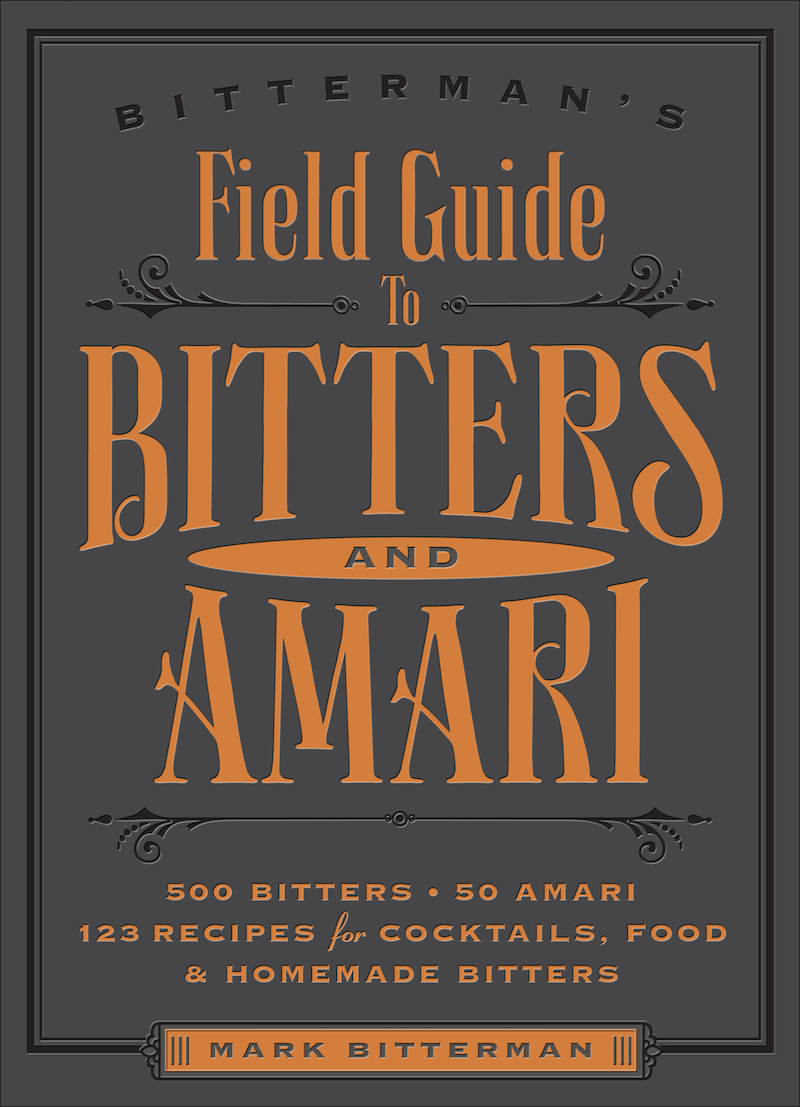 If you’re going to take the time to make your own bitters, quality ingredients count. Terra MarketPlace, which offers the amazing Terra Spice product for retail at Local in New Buffalo, has great cardamom, ancho chiles and other chiles that we used in our bitters.
If you’re going to take the time to make your own bitters, quality ingredients count. Terra MarketPlace, which offers the amazing Terra Spice product for retail at Local in New Buffalo, has great cardamom, ancho chiles and other chiles that we used in our bitters.We made three recipes, combining the alcohol and dry ingredients in Mason jars. It was more challenging to gather the array of ingredients than to weigh or measure them.
The citrus bitters and cherry basil bitters took five days, after which we strained and bottled. The citrus bitters have bright notes and compare well to purchased brands. The cherry basil bitters weren’t bad but have a distinctive flavor.
The winner of the three was Scorched Earth, which used dried peppers, peppercorns, cacao nibs and lime peel to create a liquid packed with fiery flavor.
We took them to Jami Hawkins at Common Spirits to try. She played and then asked for some to use on the fall menu. Now she’s making the Rusty Nail with two ounces of Monkey Shoulders blended Scotch, ¾ ounce elderflower liqueur and two or three healthy dashes of Scorched Earth. The heat follows the sweet down your throat.
Hawkins uses bitters to add that missing something to a cocktail she’s creating. “I found bitters to be my secret ingredient, something that takes a good cocktail and makes it even better,” she says.
Classic cocktails call for Angostura or Peychaud’s, says Fields, but there are so many more options. Bitterman tasted and wrote poetically about 500 varieties. “I have a lot of different bitters in my cabinet,” Fields says.
He uses them in soda water to calm a stomachache and in nonalcoholic drinks. He also drips or dashes them into Crock-Pot recipes and baked items.
Bitters aren’t yet commonplace in Michiana, but sales are growing. Specialty shops, liquor stores and even grocery stores are selling more of them. They’re like vanilla, only with bitter elements to add complexity or aroma, Fields says.
Bitters haven’t had their moment yet, but that may come soon. Bartenders know their value. Turns out, it’s not that difficult to learn how to use or make them. Mostly it’s like other cooking: You just try it out.
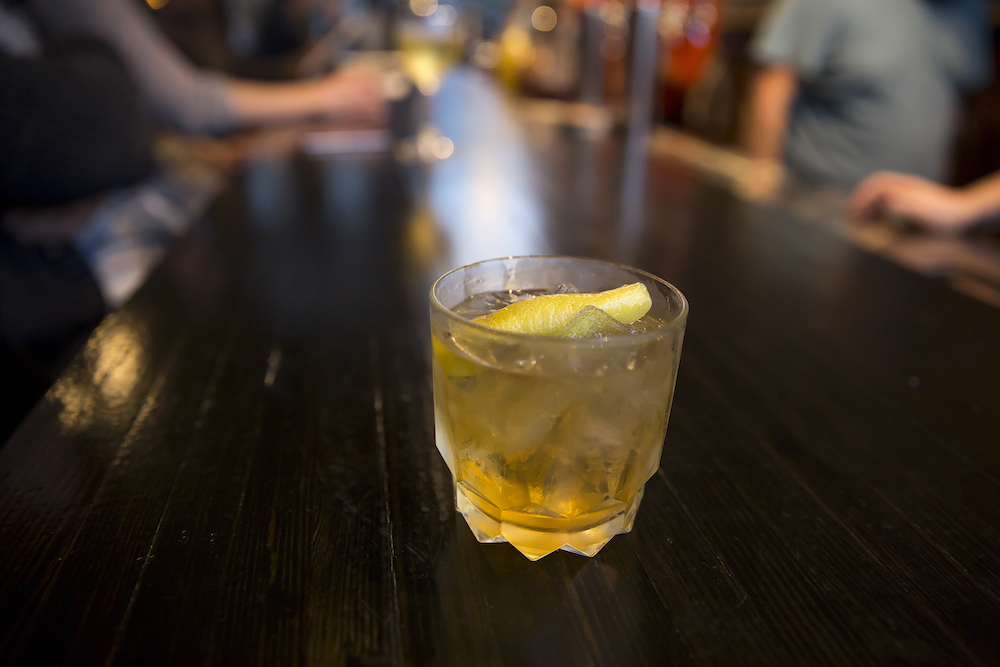
Try the fiery Smoked Earth Bitters in a new drink at Common Spirits in Goshen. The Rusty Nail features blended Scotch with elderflower liqueur for sweetness and the bitters for heat. Photo by David Johnson
Bitterman’s Field Guide to Bitters & Amari: 500 Bitters; 50 Amari; 123 Recipes for Cocktails, Food & Homemade Bitters, by Mark Bitterman (Andrews McMeel Publishing, 2015; Kindle Location 175)
Five ways to use bitters:
-
In soda water. The roots and barks that make bitters bitter are good for an upset stomach, says Jay Fields of Indiana Wholesale Wine and Liquor.
-
In coffee. Blackstrap or Bolivar bitters can add a few flavor notes you won’t get from just beans and water.
-
In baked goods. Orange or cherry bitters can add just a hint of flavor. Peppery bitters can add just enough of an edge.
-
In gravies or Crock-Pot recipes. Adding savory, non-fruity bitters can enliven a dish.
-
In cocktails. This is the most popular way to use bitters and is often the secret ingredient to a winning drink.
To sample a bitter: Put one drop on the space between your thumb and forefinger and lick it off. That’s enough to give you a sense of the flavors.
What’s a dash? Technically, it’s to ¼ of a teaspoon, or about 10 drops. A hard dash with a shaker bottle will get you about this. Some lovers of bitters will use two or three dashes when one is called for.


